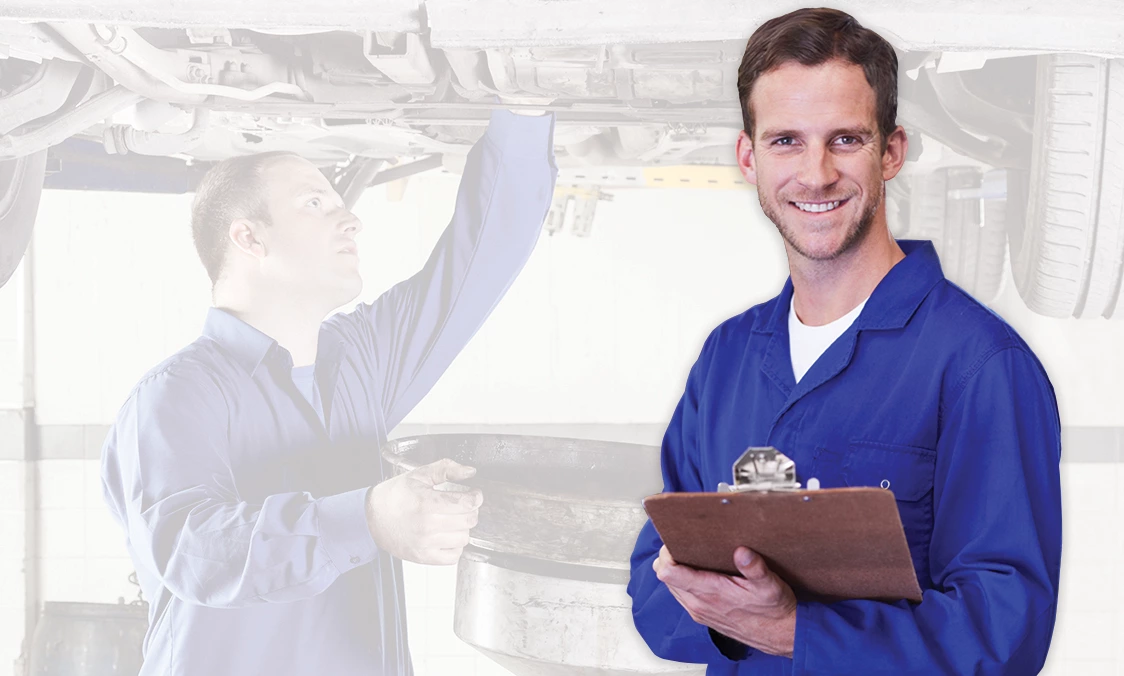Timing Belt
September 25, 2022
Ever heard the sad tale of a staggeringly steep repair bill from a broken timing belt? Bad news. Let's take a lesson from their woes and remember to think about our timing belt.
First, let's review what a timing belt does. The top part of the engine over the cylinders is called the cylinder head. The head contains the valves. There's at least one valve that lets the fresh air into the cylinder. This air, mixed with fuel, burns to create power. Then another valve or two will open to allow the exhaust out of the engine. Each cylinder has 2 to 4 valves - that's 12 to 24 valves for a V-6, up to 32 values on a V-8. The opening and closing of the valves is done by a camshaft. The timing belt uses the rotation of the engine to drive the camshaft which opens and close the valves. It's called a timing belt because it has to be adjusted to rotate the camshaft to keep proper time with the engine so that everything's in sync.
The timing belt is a toothed rubber belt. But some vehicles use a timing chain or timing gears instead of a belt. Timing chains and gears are much more durable, but vehicle manufactures are using belts more because they are quieter - and cheaper. If you have a small or mid-sized passenger car, crossover or mini-van, chances are you have a timing belt.
Unfortunately, timing belts fail without any warning. That shuts your engine down right away. Your pros at Charlie's Fast Lube Sikeston can inspect your timing belt and look for cracks and looseness. But getting to the belt to take a look can be almost as much work as changing it on some vehicles. That's why manufacturers recommend replacing the belt from time to time. For most vehicles it's from 60,000 to 90,000 miles or 95,000 to 145,000 kilometers. If your owner's manual doesn't specify an interval, ask your service advisor at Charlie's Fast Lube Sikeston.
Someone we know, who shall remain anonymous, has had two timing belts fail. The first was while he was waiting at a stop light - that repair cost several thousand dollars. The second was while driving on the highway - that one cost more than twice as much. Both had the cars out in the shop for three weeks. His cars had what we call "interference engines," meaning that the valves and pistons are very close to each other. If the timing belt slips even one notch, the pistons will slam into the open valves. That's why our friend's highway failure was so much more - his engine was traveling so fast that the valves were smashed and they chewed up the cylinder head.
A non-interference engine will just shut down if the timing belt breaks. You're stranded, but the engine doesn't suffer permanent damage. In both cases, our hapless friend was just a couple oil changes past the recommended interval for changing the timing belt. This is one of those things that Sikeston drivers just cannot put off. Now replacing a timing belt is not cheap - but repairs for a broken belt can be far more expensive.
The team at Charlie's Fast Lube Sikeston recommends Sikeston drivers check their owners' manual ASAP - especially if you have more than a 60,000 miles or 95,000 kilometers. You may need to get that belt replaced right away. And on many cars, the timing belt drives the water pump. So, it may be a good idea to replace the water pump while you're at it because 90% of the work required for the new pump is already done with the belt change. Doing both at the same time saves you a lot of money because as they say, "timing's everything."
Charlie's Fast Lube Sikeston
2017 E. Malone
Sikeston, Missouri 63801
573-472-1139
http://www.charliesfastlubesikeston.com
Need Service?
More articles from Charlie's Fast Lube Sikeston

Let's Clear Some Things Up (Headlight Restoration)
April 6, 2025
You know how exposing your skin to sunlight can cause sunburn and other unhealthy things. Sunlight can also create major problems for your headlights. After they've been exposed to ultraviolet light, acrylic headlights can yellow and fog due to oxidation. And when that happens, less light can ... More

"Current" Affairs (Blown Fuses)
March 30, 2025
You may be driving along and find that suddenly your radio stops working. There are no numbers on the display. Then when you get home, you notice the garage door opener doesn't do a thing when you press the button. Hmm, this was working just fine this morning. Are the two problems somehow rela... More

Timing is Everything (Timing Belt)
March 23, 2025
Talk about exquisite choreography; it happens under the hood of your vehicle every time you take a drive. Your engines many complex parts must work exactly together. One key is a part called a timing belt, which enables the synchronizing of two of your engines components, the camshaft, and the ... More









